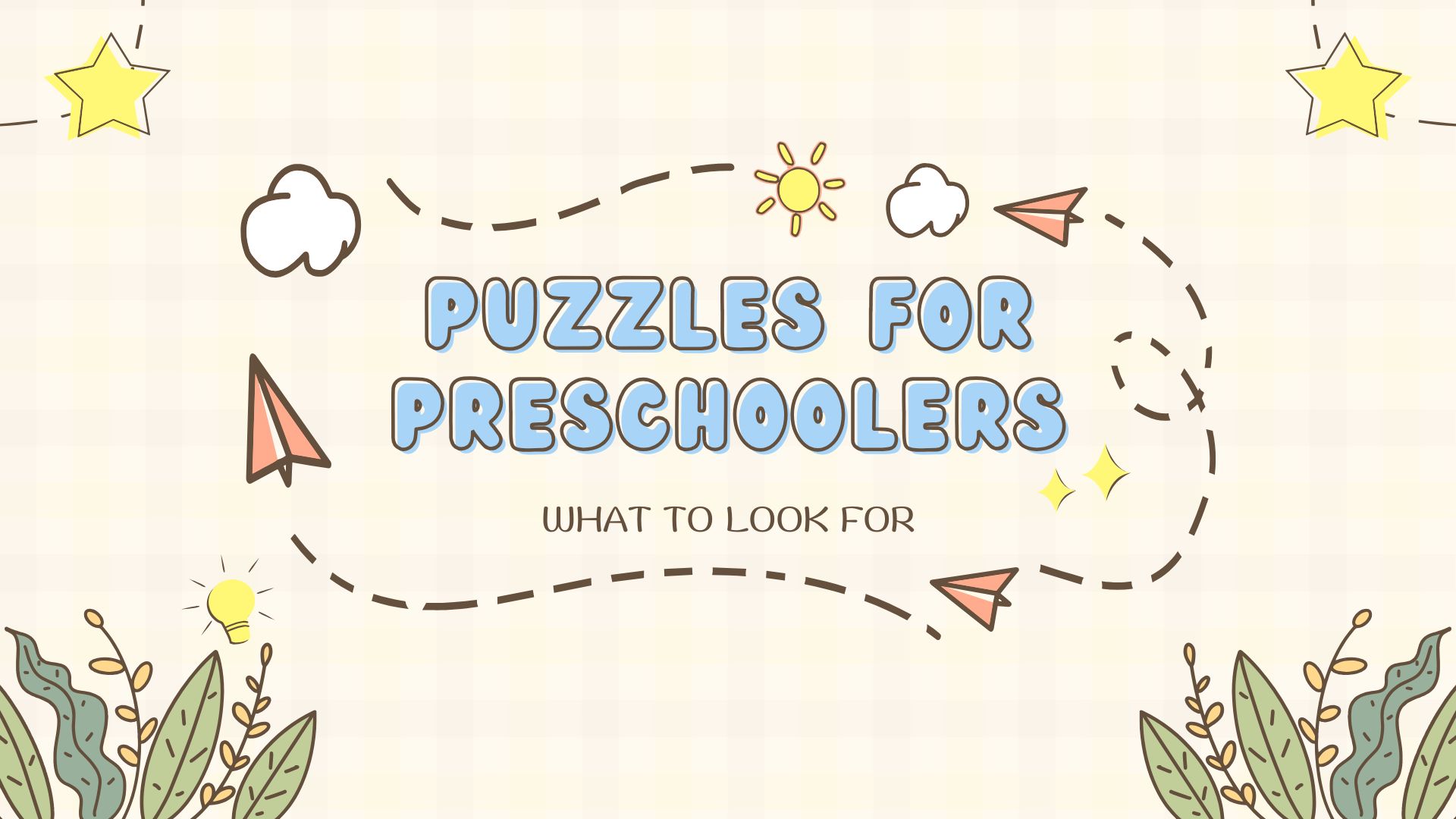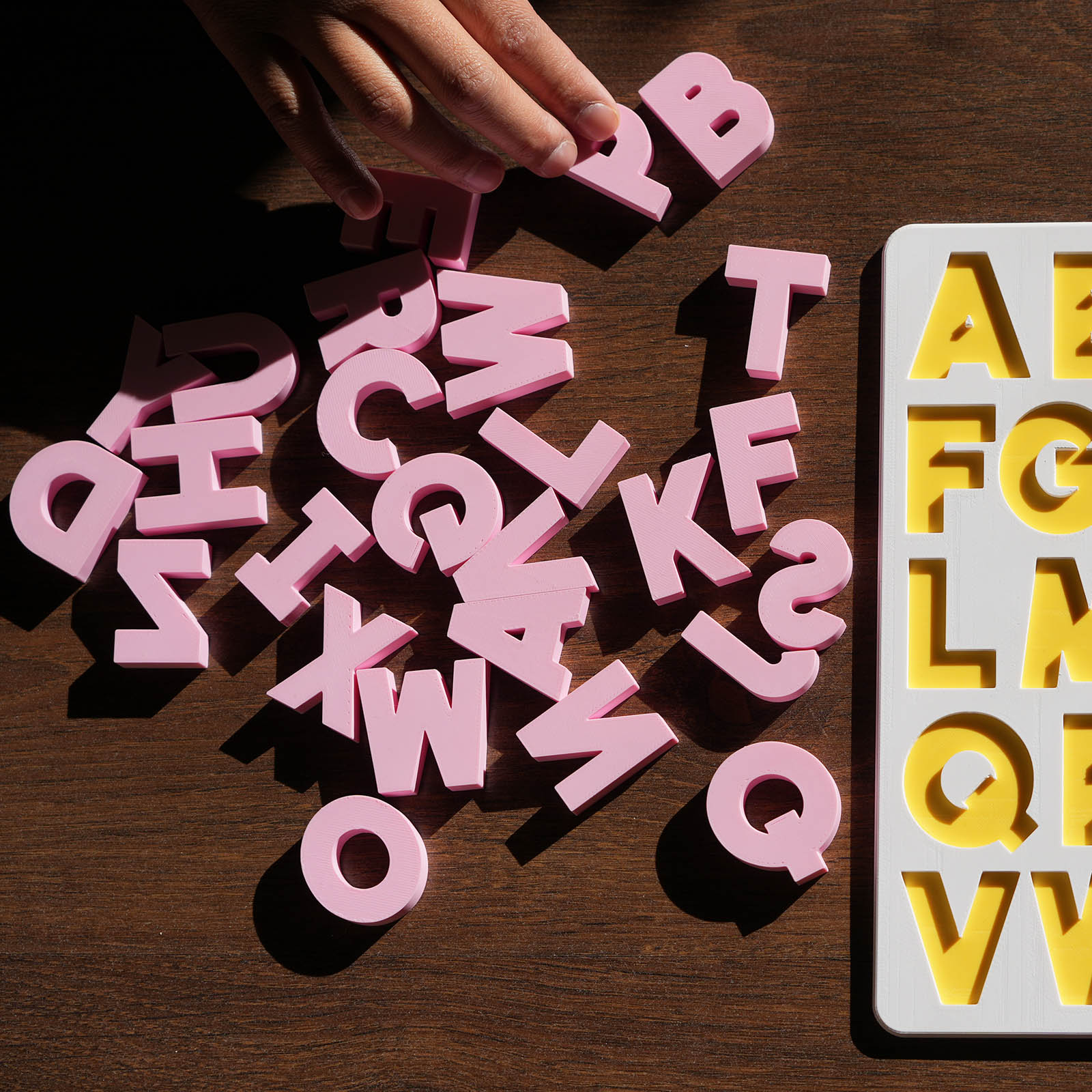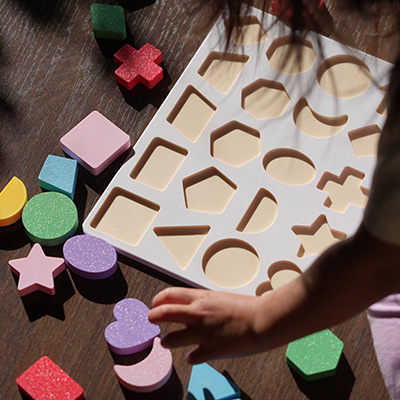🧩 Puzzles for Preschoolers That Do More Than Entertain
Preschoolers are naturally curious, hands-on learners. They’re developing:
- Fine motor control
- Shape and symbol recognition
- Sequencing and categorising skills
- Early literacy and maths awareness
A well-chosen puzzle can support all of these — but the key is selecting the right type of puzzle for their age and stage.
Let’s break down what kinds of puzzles are best suited for ages 3 to 6, and how Frankie & Leo toys are designed to support this foundational stage of learning.
👦 Ages 3–4: Start With Shape, Letter, and Number Recognition
Children at this age are beginning to:
- Identify and name basic shapes
- Recognise letters in their name
- Count to 10 with guidance
- Match symbols to meaning (e.g. “3” = three dots)
✅ Best puzzle features:
- Clear shapes and letterforms
- Visual supports (like quantity dots for numbers)
- Large, easy-to-grasp pieces for independent handling
🧠 Skills supported:
- Visual discrimination
- One-to-one correspondence
- Early symbol decoding
Recommended Toys:
- Geometric Puzzle: Ideal for building spatial vocabulary and pattern recognition
- Number Puzzle: Supports early counting and quantity association
- Uppercase Alphabet Puzzle: Great for name recognition and letter awareness
👧 Ages 4–5: Add Complexity and Early Problem Solving
By this stage, many children are ready for:
- Identifying all letters and numbers up to 20
- Sequencing numbers and matching sounds to letters
- Completing puzzles with a higher piece count (6–10 pieces)
✅ Best puzzle features:
- Full sets of letters or numbers
- Shape puzzles with subtle variations
- Self-correcting elements to promote independent learning
🧠 Skills supported:
- Literacy readiness
- Early maths logic
- Visual memory and focus
Recommended Toy:
- Alphabet Puzzle (Uppercase): Reinforce alphabet fluency in preparation for phonics
- Number Puzzle with Quantity Dots: Supports symbolic reasoning and introduces the concept of counting sets
🧒 Ages 5–6: Introduce Geography, Sequencing and Theme-Based Learning
Older preschoolers and early primary-aged children are ready to:
- Think symbolically (e.g. country shapes, directional understanding)
- Retell stories and organise sequences
- Explore early geography and themed content
✅ Best puzzle features:
- Thematic puzzles with educational content (e.g. maps, animals)
- Multiple step challenges (e.g. assembling regions or continents)
- Real-world relevance (linking puzzle to what they see around them)
🧠 Skills supported:
- Spatial planning
- Thematic learning (e.g. Australian states, animals)
- Organisation and persistence
Recommended Toy:
- Australia Puzzle: Perfect for learning state names, locations, and native animals while building focus and attention span
🔁 Why Puzzles Build Long-Term Confidence
Preschoolers thrive on repetition and mastery. While adults may want to “upgrade” toys quickly, it’s important to allow children to:
- Repeat favourite puzzles
- Build fluency and speed
- Feel competent and in control of their learning
Each time they complete a puzzle, they’re not just solving a visual challenge — they’re developing:
- Perseverance
- Self-correction
- Confidence in problem-solving
🏠 Tips for Making the Most of Puzzle Play at Home
- Set puzzles up on a low table or mat to encourage independent play
- Rotate puzzles every week or two to refresh interest
- Narrate what your child is doing:
“You found the piece with the triangle — where does it go?” - Let them guide the pace — puzzle solving should feel calm, not rushed
Puzzles are also a wonderful screen-free activity that promotes quiet concentration and independent learning — ideal for winding down in the afternoon or preparing for school transitions.
📸 See Puzzle Play in Real Homes
Want ideas for displaying puzzles or seeing how they’re used in calm play spaces?
Check out our Instagram:
👉 @frankiexleo on Instagram
💬 Final Thought
Choosing the right puzzle for ages 3 to 6 isn’t just about difficulty — it’s about developmental readiness.
The best first puzzles for preschoolers:
- Encourage discovery without frustration
- Build real-world skills like sequencing, recognition, and logic
- Grow with your child’s confidence and curiosity
At Frankie & Leo, we believe in offering beautifully designed puzzles that are just the right kind of challenging — never overwhelming, always empowering.
👉 Browse Our Puzzle Collection for Preschoolers
📚 Reference:
- Saracho, O. N., & Spodek, B. (2008). Contemporary Perspectives on Mathematics in Early Childhood Education.
- Whitebread, D. (2012). Developmental Psychology and Early Childhood Education.


